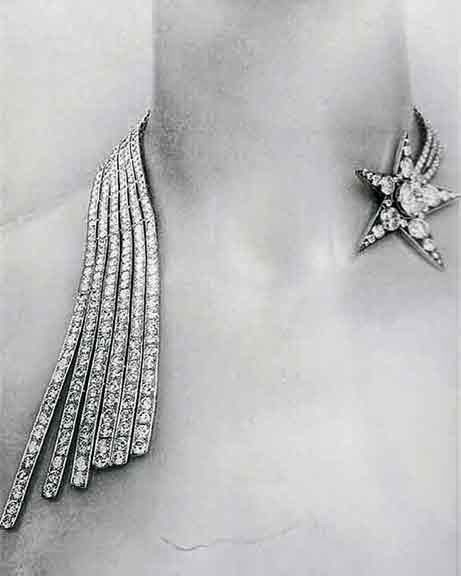I'm pleased to report I finished the purple sweater I told you I was working on.
I took all my needlework projects along on our trip to Scarborough and Whitby. I hope to tell you about that trip soon, but for now I'm working on getting the jewellery history posts written before my notes make zero sense to me.
Note to self on knitting: make initial stitch in each row tighter so that when they are picked up to continue knitting, as in the neck band for this jumper, they don't gape.
The weather was just about warm enough for Bill to convince himself to set outside. I wasn't at all fooled - the sun may have been warm but the breeze was icy. So I took over the inside table with my tote bag (that started out as a book cover). Mainly I was finding pieces in the right colours. Also making notes on using the smaller bits for some other projects I've seen lately, like (more) coasters and little lengths of bunting made with stacks of yo-yos.
The next time I was at the craft group I spent my time cutting rectangles whilst others did embroidery on something called a Norwich stitch. Really pretty designs, but not my thing.
I confess to having started knitting a carrier bag with a lace stitch when we watch telly, but only with a view to finding the right needles and seeing if I have better success with this lace stitch than with others. I discovered I can't sew clothing whilst watching TV; wait, maybe I could tackle that pile of mending?



























